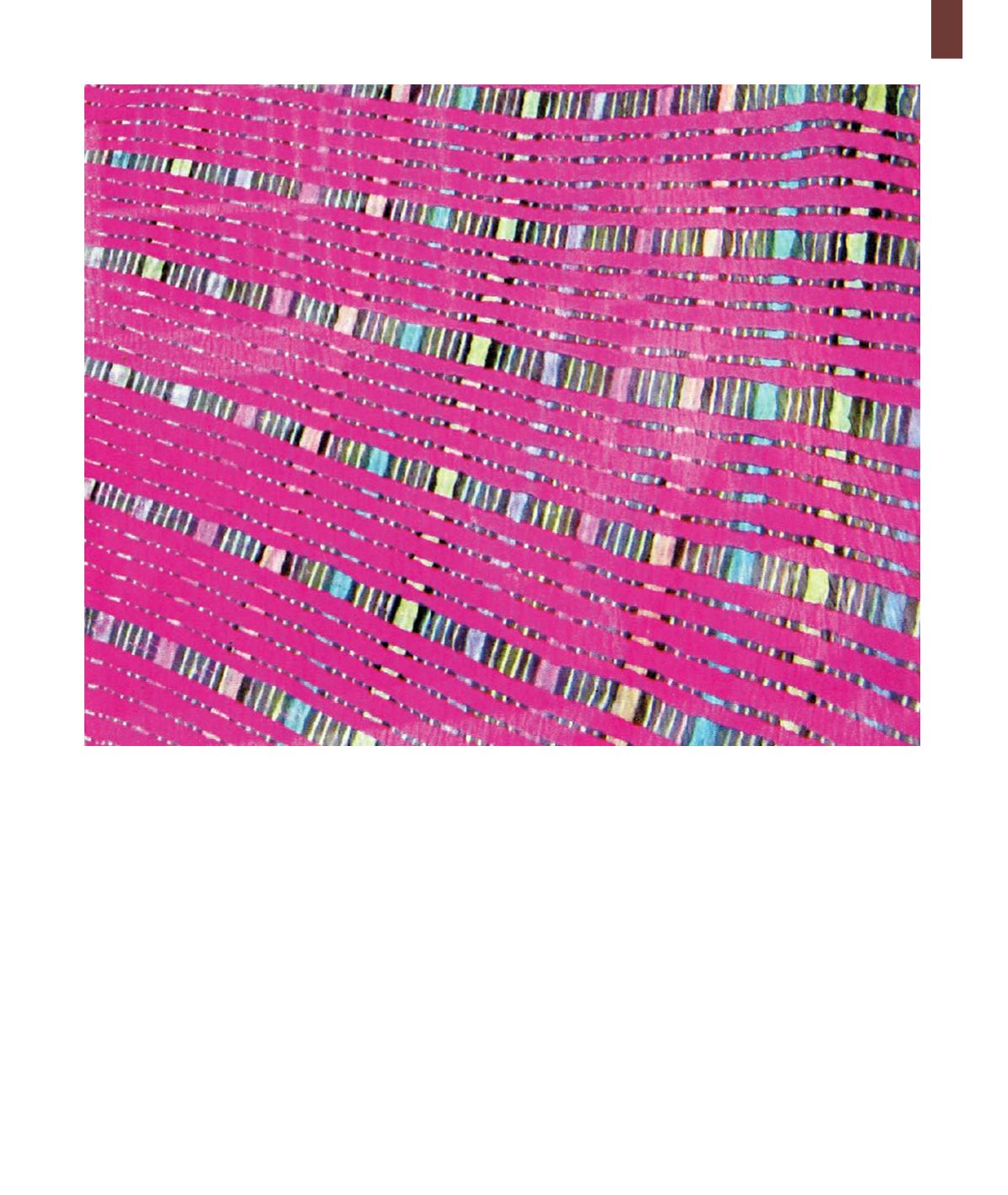
85
The Tie-Dye Tale
My forefathers were traditional tie-dye masters
living in Tonk. My paternal grandfather was
also a master seamster. He created tie-dye
textiles such as turbans and
safas
as well as
stitched garments for the ladies of the princely
family of the Nawab of Tonk. He created
stitched garments of tie-dye textiles such as
gararas
and
shararas
for the ladies and also
created tie-dye textiles such as dupattas and
odhnis
for the ladies. While most of his stitching
was for the ladies, he also stitched garments for
the men such as
sherwanis, jama
and
angarkha
. He
would also at times embellish these with tie-
dye. My father also followed the same tradition
of creating tie-dye textiles along with stitching
garments that were in fashion. From childhood
I have seen the family and home involved in
the craft and it was only natural that I followed
the same, watching the elders in the family
absorbed in the different processes related to
tie-dyeing.
Tie-dye is believed to be one of the earliest
forms of surface decoration of textiles. It
has been prevalent in Tonk since before the
18th century. Initially only the
pagdi
(turban)
and
odhni
(drape) were tie-dyed as the tie-dyed
textile was regarded as sacred. It was only in
centuries later that other textiles and garments


